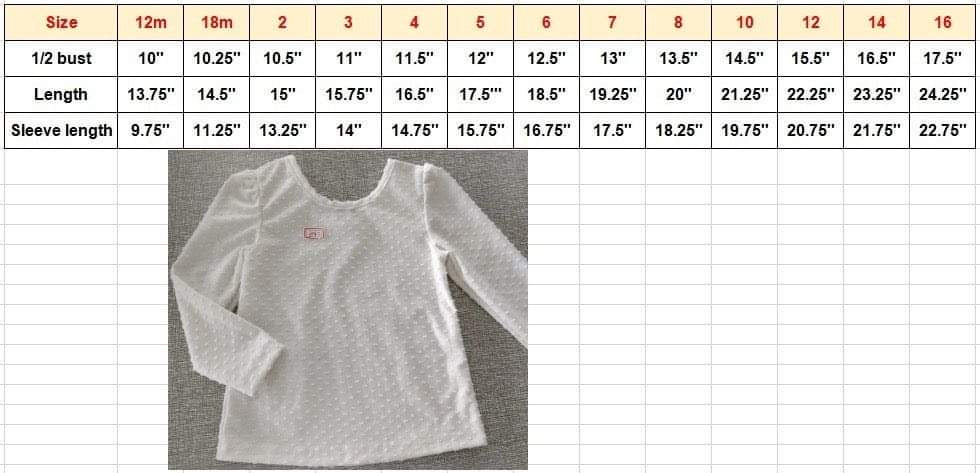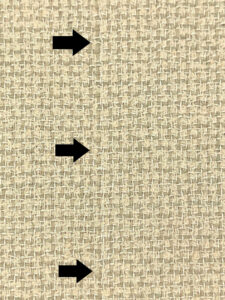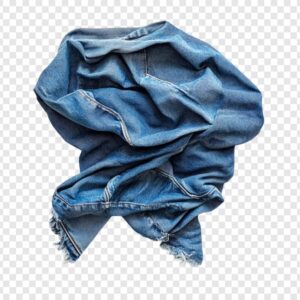Can Cotton and Modal Be Layered? A Comprehensive Guide to Fabric Compatibility
Introduction
Fabric compatibility is crucial in fashion and sewing, influencing the comfort, durability, and aesthetics of garments. Understanding how cotton and modal can work together offers exciting possibilities for designers and DIY enthusiasts. In this article, we’ll explore the compatibility of these fabrics, their properties, and how to effectively layer them.
Compatibility Analysis
Yes, cotton and modal can be layered effectively. These fabrics complement each other due to their similar textures and breathable qualities. Cotton is a natural fiber known for its comfort and durability, while modal, a semi-synthetic fiber derived from beech trees, is celebrated for its softness and drape. Both fabrics share similar care requirements, making them easy to manage together.
Key factors contributing to their compatibility include:
- Texture: Both have smooth finishes, reducing friction.
- Weight: They are often similar in weight, ensuring balanced layering.
- Stretch: Modal adds slight stretch, enhancing comfort.
- Care Requirements: Both require gentle washing and low-heat drying.
- Durability: Both fabrics are resilient, with modal offering additional resistance to shrinkage and fading.
Fabric Properties Comparison Table
| Property | Cotton | Modal |
|---|---|---|
| Fiber Content | Natural | Semi-synthetic |
| Weight and Thickness | Light to medium | Light to medium |
| Breathability | High | High |
| Moisture-Wicking | Moderate | High |
| Stretch and Elasticity | Low | Moderate |
| Wrinkle Resistance | Moderate | High |
| Care Instructions | Machine wash, low heat dry | Machine wash, low heat dry |
| Durability and Wear | High, may shrink slightly | High, resistant to shrinking |
Benefits of Mixing These Fabrics
- Enhanced Texture and Visual Interest: Combining cotton’s matte finish with modal’s slight sheen creates visual depth.
- Improved Comfort and Performance: Modal’s softness complements cotton’s breathability, perfect for activewear.
- Better Drape and Movement: Modal’s fluidity enhances the garment’s movement.
- Cost-Effectiveness: Cotton is affordable, and modal offers luxury feel without high costs.
- Seasonal Versatility: Suitable for both warm and cool climates.
- Design Possibilities: Ideal for fashion and home decor, from dresses to curtains.
Potential Challenges
- Different Shrinkage Rates: Pre-wash fabrics to minimize discrepancies.
- Conflicting Care Requirements: Follow the gentlest care instructions.
- Texture Clash or Pilling: Use fabric softeners and avoid rough surfaces.
- Seam Puckering: Use appropriate tension and needle size.
- Color Bleeding or Fading: Wash with similar colors or use color catchers.
Practical solutions include pre-washing, careful selection of care products, and using interfacing to stabilize seams.
Sewing & Styling Tips
- Sewing Techniques: Use a ballpoint needle and polyester thread for strength.
- Interfacing Needs: Light interfacing for structure without stiffness.
- Seam Finishing Methods: French seams or serging for a clean finish.
- Pattern Selection: Opt for designs that highlight the drape, like A-line skirts or flowy tops.
- Styling Ideas: Layer cotton-modal tops with denim for casual wear or pair with silk for a chic look.
Care & Maintenance Guide
- Washing Instructions: Machine wash on a gentle cycle with mild detergent.
- Drying Recommendations: Tumble dry on low or air dry to maintain shape.
- Ironing and Steaming Tips: Use a low-heat setting and steam lightly.
- Stain Removal: Treat stains promptly with mild soap and water.
- Long-term Care: Store in a cool, dry place to prevent mildew.
FAQ Section
-
Can you wash cotton and modal together?
Yes, both can be washed together using a gentle cycle and mild detergent. -
Will cotton shrink more than modal?
Cotton may shrink slightly more; pre-washing both fabrics is recommended. -
What needle size should I use for sewing these fabrics together?
A size 70/10 or 80/12 ballpoint needle is ideal. -
Can you mix cotton and modal in one garment?
Absolutely, they blend well in garments like shirts and dresses. -
How do you prevent seam puckering when combining these fabrics?
Adjust the sewing machine tension and use a walking foot if needed. -
Is it okay to mix cotton and modal for upholstery?
Yes, but ensure the fabric weight is suitable for the intended use. -
What’s the best way to finish seams with these fabrics?
French seams or serging provide a neat, professional finish.
By understanding how to layer cotton and modal, you can create versatile, comfortable, and stylish garments that stand the test of time.



Leave a Reply